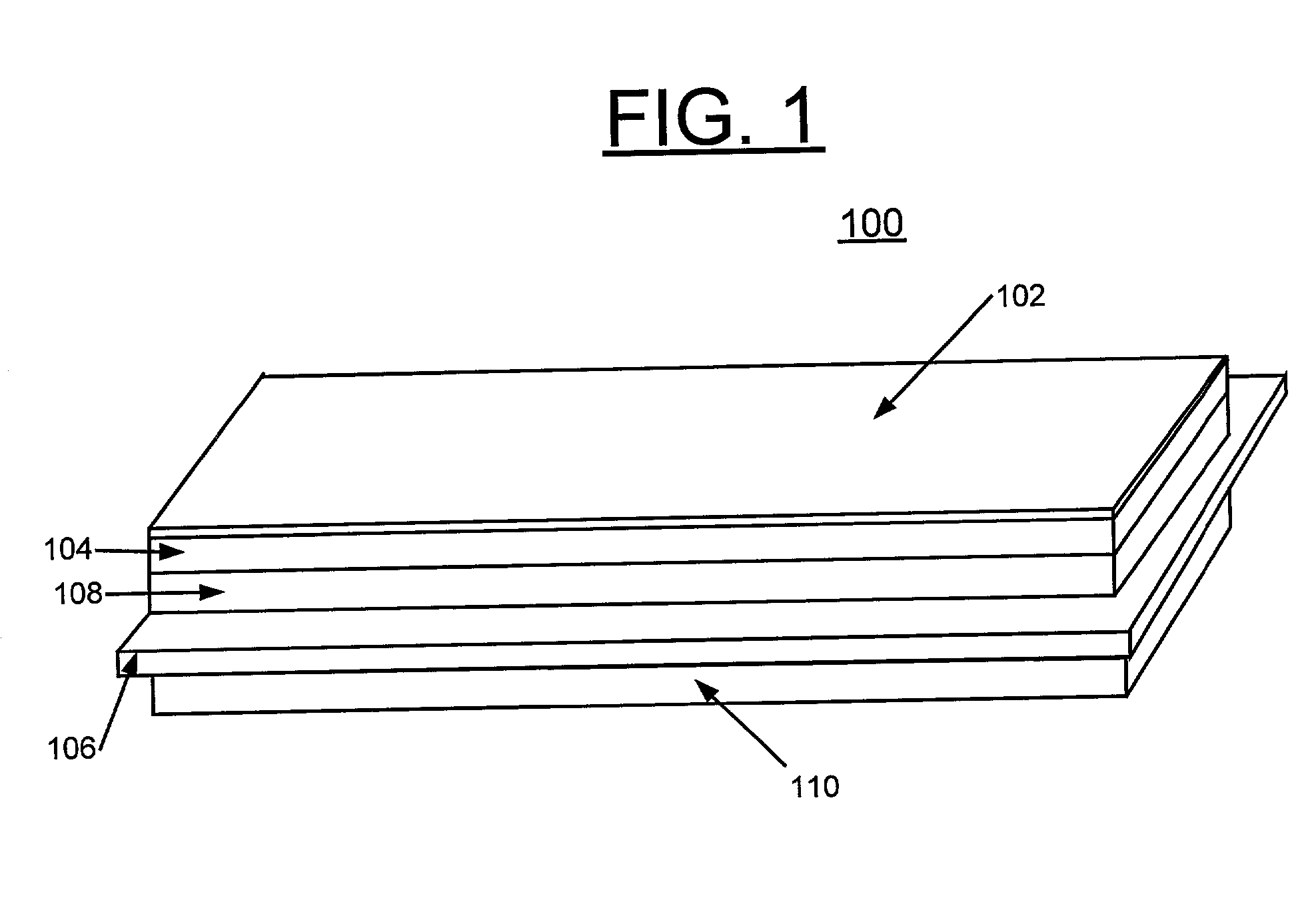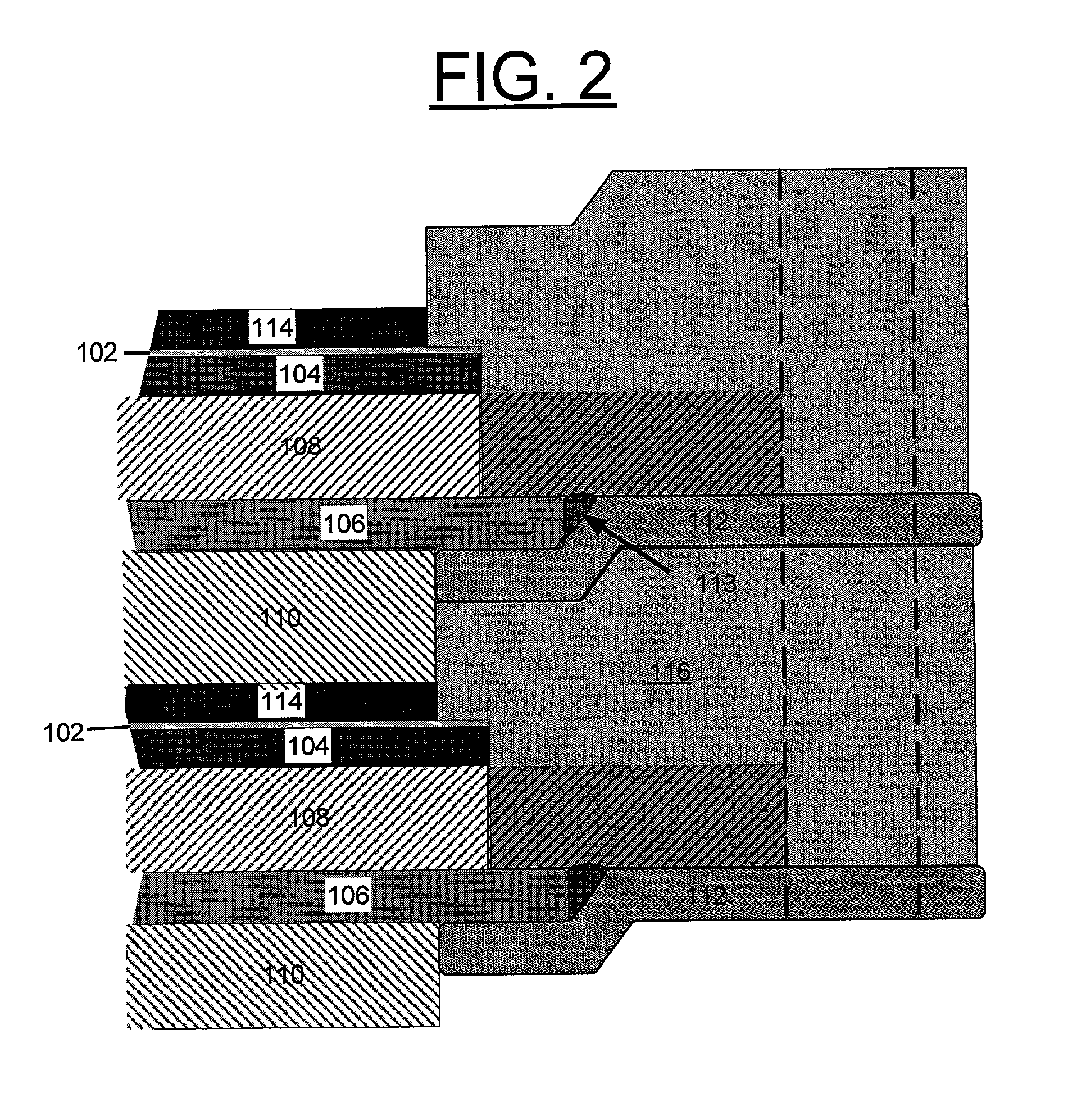Solid oxide fuel cell with enhanced mechanical and electrical properties
a solid oxide fuel cell and mechanical and electrical technology, applied in the direction of cell components, cell component details, electrochemical generators, etc., can solve the problems of inherently high cost of configuration, short path length, and disadvantages of various types of planar sofcs, so as to improve the impact improve the mechanical and electrical properties, and improve the impact resistance and fracture resistance of the electrolyte
- Summary
- Abstract
- Description
- Claims
- Application Information
AI Technical Summary
Benefits of technology
Problems solved by technology
Method used
Image
Examples
example 2
[0041] The mechanical performance of a commercially available anode-supported electrolyte cell (no cathode) in the reduced state has been compared with the invention (repeat unit 100, no cathode). Four samples of the anode-supported cell and three of metal-supported cell were mechanically stressed using the standard 4-point bending test, placing the electrolyte in compression.
[0042] The average strength of the commercially available anode-supported cells was 0.125 GPa. The cells failed catastrophically at this stress resulting in complete fracture of all the samples.
[0043] The repeat units 100 were strained just beyond the elastic yield point of the metal component, at which point, all ceramic layers had cracked and / or delaminated. Two stress-strain events could be observed before the yield point was reached in each of these samples. One event is due to the layers cracking and the second a delamination of the ceramic layers. At present, it is not possible to resolve which event occu...
PUM
| Property | Measurement | Unit |
|---|---|---|
| Thickness | aaaaa | aaaaa |
| Temperature | aaaaa | aaaaa |
| Composition | aaaaa | aaaaa |
Abstract
Description
Claims
Application Information
 Login to View More
Login to View More - R&D
- Intellectual Property
- Life Sciences
- Materials
- Tech Scout
- Unparalleled Data Quality
- Higher Quality Content
- 60% Fewer Hallucinations
Browse by: Latest US Patents, China's latest patents, Technical Efficacy Thesaurus, Application Domain, Technology Topic, Popular Technical Reports.
© 2025 PatSnap. All rights reserved.Legal|Privacy policy|Modern Slavery Act Transparency Statement|Sitemap|About US| Contact US: help@patsnap.com



